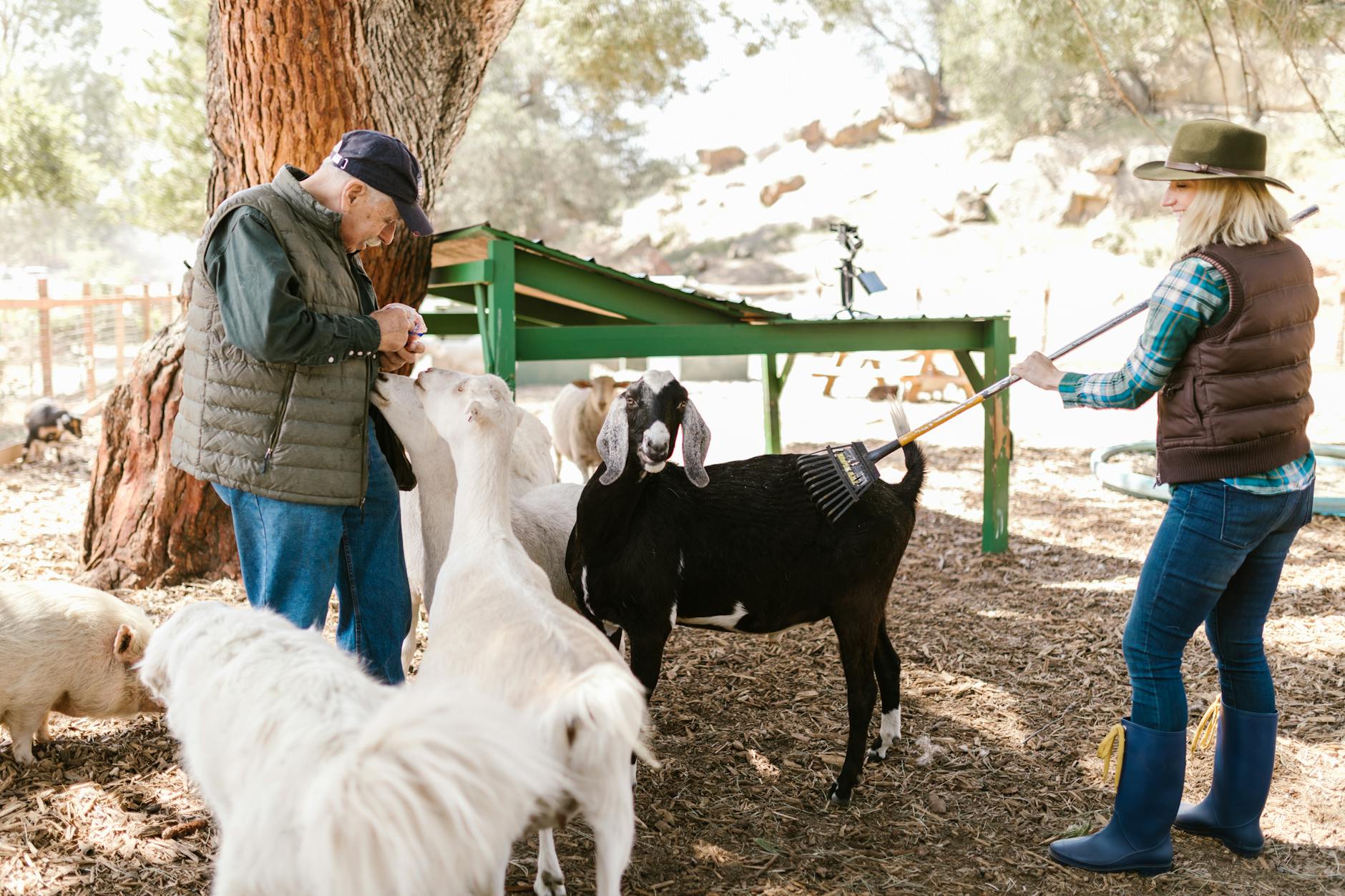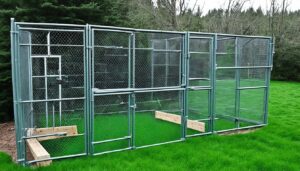Simple and Affordable Goat Shelter Ideas. Welcome to our comprehensive guide on simple and affordable goat shelter ideas! If you’re a goat owner or considering becoming one, providing a suitable shelter is essential for the well-being and health of your animals. A proper shelter not only protects goats from harsh weather conditions but also offers them a secure and comfortable space to rest and relax.
Whether you have a small backyard or a larger property, there are several practical and cost-effective options available to create a suitable goat shelter. In this guide, we will explore different ideas and solutions to help you design a shelter that fits your budget and meets the needs of your goats.
From basic structures that require minimal construction skills to improvised and repurposed options, we have compiled a variety of ideas that can be adapted to different situations and budgets. These solutions focus on simplicity, efficiency, and affordability while keeping the comfort and safety of your goats as the top priority.
So, if you’re ready to embark on a journey to create a functional and low-cost goat shelter, let’s dive into this comprehensive guide and explore the various ideas that will help you provide the best shelter for your furry friends.
For a complete step by step guide on how you can build a shelter for your pygmy goat, check out Ryan Henderson shed plan, where you can Start building amazing sheds the easier way with a collection of 12,000 shed plans.
Why You Need a Goat Shelter: Importance and Benefits
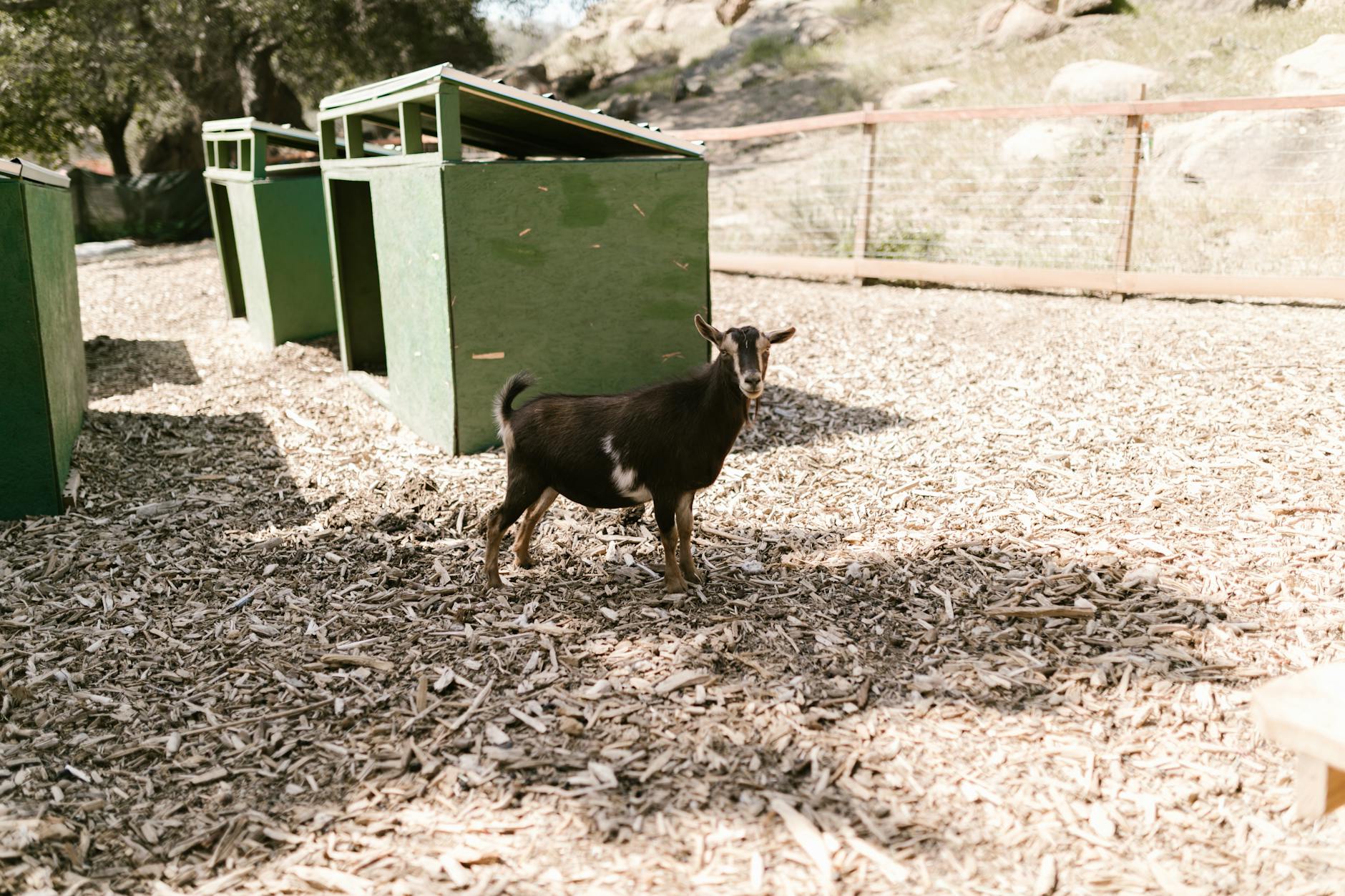
If you’re a goat owner or considering getting goats, it’s essential to understand the importance of having a goat shelter. Goats may seem hardy and able to withstand harsh weather conditions, but they still require a safe and secure place to seek shelter. A proper goat shelter not only protects them from extreme temperatures, rain, and wind but also keeps them safe from predators.
One of the key benefits of having a goat shelter is maintaining the health of your goats. Goats are susceptible to respiratory diseases and hypothermia, especially in cold and wet climates. A well-built shelter with proper ventilation can help prevent these health issues by keeping them warm and dry. It also provides them with a stress-free environment, which in turn enhances their overall well-being and productivity.
Additionally, having a goat shelter allows for better management and control of your goats. It serves as a designated area for feeding, milking, and administering any necessary medical treatments. Furthermore, a sheltered environment can reduce the risk of accidental injuries that may occur when goats are exposed to rough terrains or hazardous elements.
In conclusion, a goat shelter is crucial for the safety, health, and well-being of your goats. It provides them with the protection they need against the elements and potential predators. Furthermore, it allows for better management and enhanced productivity. Whether you have a small homestead or a larger-scale operation, investing in a goat shelter is a wise decision that will benefit both you and your goats in the long run.
Assessing Your Goat Shelter Needs: Factors to Consider
Caring for goats involves more than just providing them with food and water. One crucial aspect of goat ownership is having a suitable shelter for them. A proper goat shelter not only protects them from harsh weather conditions but also provides them with a safe and comfortable space to rest and relax. When assessing your goat shelter needs, there are several factors you should consider.
Firstly, the size of your goat shelter is of utmost importance. It should be spacious enough to accommodate all your goats comfortably, allowing them to move around freely. Keep in mind that goats are naturally social animals and thrive in groups, so make sure there is enough space for them to interact with each other. Additionally, consider the future growth of your herd when determining the size of the shelter.
Secondly, consider the materials used for the construction of the shelter. The type of material you choose will depend on your climate, budget, and personal preferences. Common options include wood, metal, and concrete. Ensure that the materials are sturdy and capable of withstanding the weather elements in your region. Good insulation and ventilation are also crucial to maintain a healthy and comfortable environment for your goats.
Lastly, the location of the goat shelter plays a vital role in their overall well-being. It should be strategically placed to provide adequate shade during hot summers and protection from cold winds during winter. Consider natural elements such as trees or hills to provide additional shelter and windbreak. Proper drainage is also essential to prevent stagnant water or mud from accumulating in and around the shelter.
In conclusion, assessing your goat shelter needs requires careful consideration of factors such as size, materials, and location. By providing a suitable shelter, you are ensuring the safety, health, and happiness of your goats. A well-designed goat shelter not only benefits the animals but also contributes to the overall success of your goat farming venture. So, take the time to assess your needs and invest in a shelter that meets all the requirements for your beloved goats.
Budget-Friendly Shelter Options for Goats: DIY Solutions
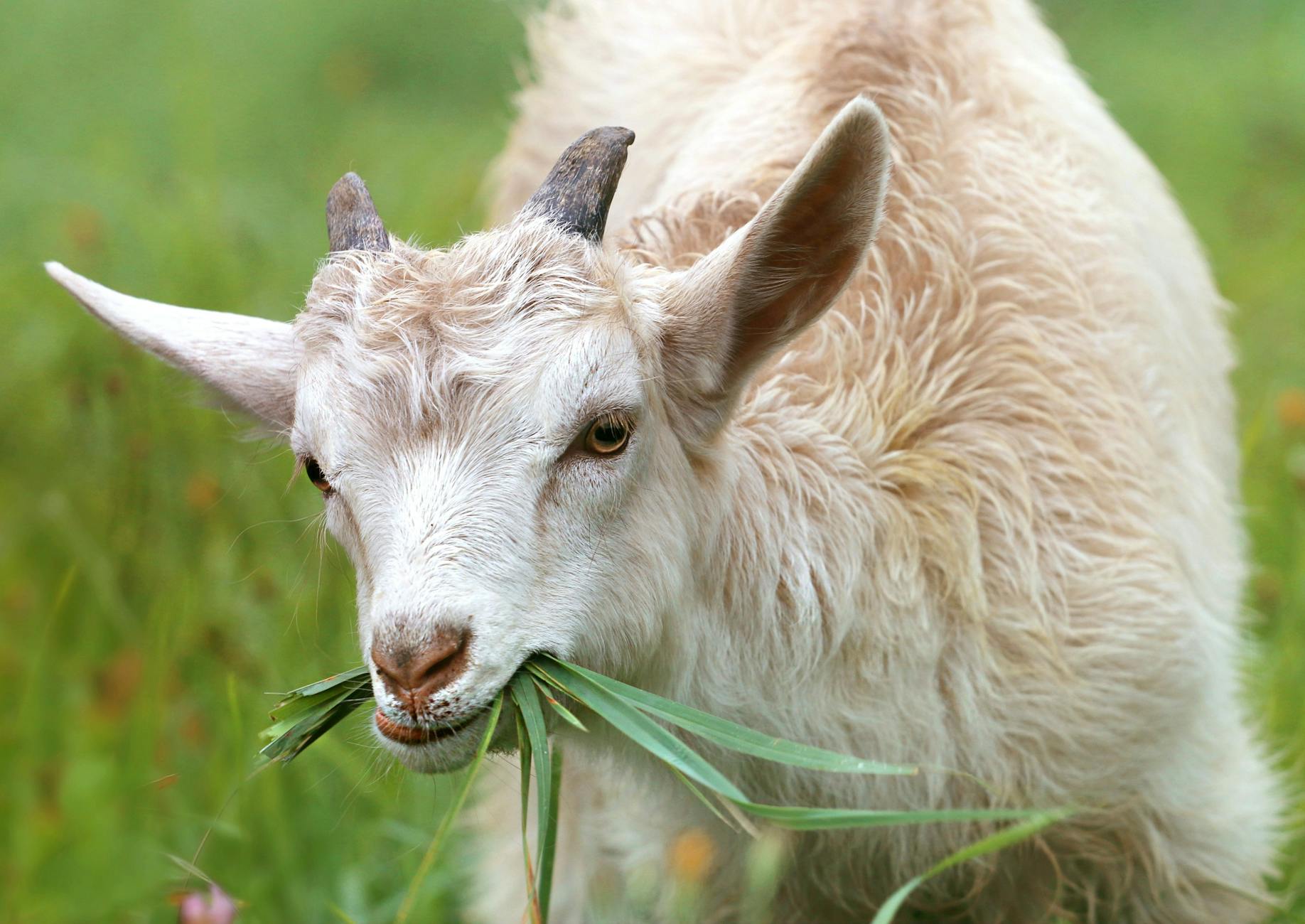
For those interested in keeping goats but on a tight budget, there are plenty of budget-friendly shelter options available. Building your own goat shelter can not only save you money, but it can also provide a sense of satisfaction and customization. When constructing a budget-friendly goat shelter, there are a few key factors to consider.
Firstly, the size of the shelter is crucial. Goats need enough space to move around comfortably, so ensure that the shelter is large enough to accommodate the number of goats you have. Additionally, consider the materials you use for construction. Opting for reclaimed or recycled materials can significantly reduce costs while still providing a sturdy and reliable shelter.
Another budget-friendly option is repurposing existing structures. Old sheds or barns can be transformed into goat shelters by adding some modifications such as proper ventilation, doors, and fencing. With a little creativity and DIY skills, you can repurpose and adapt these structures to provide a safe and cozy environment for your goats.
Lastly, consider incorporating pasture rotation into your goat management plan. Allowing goats to graze in different areas regularly can reduce the need for a large shelter since they will spend most of their time outdoors. This can help you save money on a shelter by only providing minimal protection from extreme weather conditions.
In conclusion, keeping goats on a budget doesn’t mean sacrificing their shelter needs. By considering key factors such as size, materials, and repurposing existing structures, you can create a budget-friendly goat shelter that meets the needs of your flock. With a little resourcefulness and DIY skills, you can provide your goats with a comfortable home without breaking the bank.
For a complete step by step guide on how you can build a shelter for your pygmy goat, check out Ryan Henderson shed plan, where you can Start building amazing sheds the easier way with a collection of 12,000 shed plans.
Step-by-Step Guide to Building a Simple Goat Shelter
Are you thinking about bringing goats onto your property? If so, it’s important to provide them with a safe and comfortable shelter. Building a simple goat shelter doesn’t have to be a complicated task. With a few materials and some basic construction skills, you can create a cozy space for your goats to rest and seek refuge from the elements.
The first step is to determine the size of the shelter. A good rule of thumb is to provide at least 15 square feet per goat. Next, choose a location that is protected from harsh winds and provides good drainage. Clear the area of any debris and level the ground.
Now it’s time to gather the materials needed for the shelter. You will need pressure-treated lumber for the frame, plywood for the walls and roof, galvanized screws for fastening, and a good quality exterior paint to protect the wood from weathering. Additionally, ensure you have enough hay or straw for bedding and insulation.
Start by building the frame using the pressure-treated lumber, following the dimensions you have determined. Use galvanized screws to secure the pieces together. Next, attach the plywood to the frame, leaving space for a door and a small window for ventilation. Paint the exterior of the shelter to protect it from moisture. Once the shelter is complete, add the bedding for your goats. Ensure the shelter is well-ventilated and regularly clean out any soiled bedding.
By following these steps, you can have a simple and functional goat shelter in no time. Providing a safe and comfortable space for your goats is essential for their well-being. With proper shelter, your goats will thrive and be happy for many years to come.
Essential Features for a Safe and Comfortable Goat Shelter
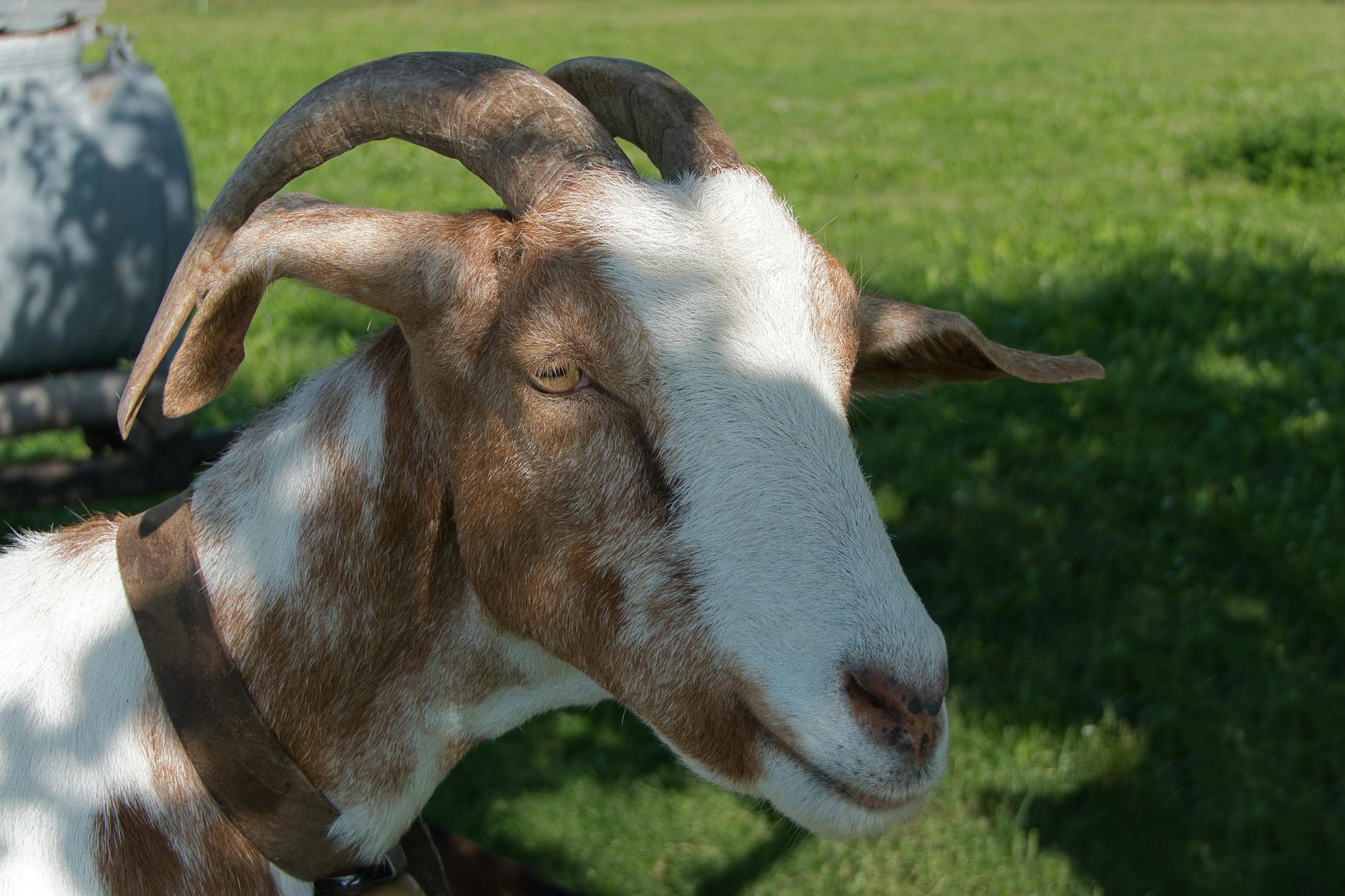
When it comes to keeping goats, providing them with a safe and comfortable shelter is of utmost importance. A well-designed goat shelter not only protects them from harsh weather conditions but also offers them a secure space to rest and relax. If you’re planning to build a goat shelter or upgrade an existing one, there are a few essential features that you should consider.
First and foremost, the shelter should have a strong and durable construction. Goats are known for their ability to escape and climb, so the walls and fences should be sturdy enough to prevent them from breaking out. Additionally, the flooring should be solid and easy to clean, as goats can be messy animals. Providing adequate ventilation is also crucial to keep the shelter well-ventilated and prevent the buildup of harmful fumes.
Another important feature is proper insulation. Goats are susceptible to extreme temperatures, so the shelter should be well-insulated to keep them warm in the winter and cool in the summer. This can be achieved by using materials such as straw, wood, or insulation boards. It’s also essential to have a well-designed roof that is sloped to allow rainwater to drain properly and prevent water from seeping into the shelter.
Lastly, a comfortable resting area is vital for goats to feel relaxed and secure. Providing enough space for each goat to lie down comfortably is essential. Including raised platforms or resting decks can also give them an elevated space to rest, and during colder months, providing bedding like straw or wood shavings can make the resting area even more comfortable.
Overall, building a safe and comfortable goat shelter requires careful consideration of the construction, insulation, and resting areas. By providing your goats with a shelter that meets their basic needs, you can ensure their well-being and happiness.
Creative Ways to Customize Your Goat Shelter on a Budget
When it comes to providing a safe and comfortable shelter for your goats, there are plenty of creative ways to personalize it without breaking the bank. Customizing your goat shelter not only adds aesthetic appeal, but it can also make it more functional and efficient for both you and your goats. Here are a few budget-friendly ideas to help you get started.
First, consider repurposing old materials. Look around your property or ask local farmers if they have any unused materials that could be repurposed for your goat shelter. For example, old wooden pallets can be transformed into walls or fences, and discarded tires can be stacked and filled with dirt to create sturdy steps or seating areas. Not only will this help minimize costs, but it’s also an eco-friendly way to give new life to items that would otherwise go to waste.
Next, get creative with paint and decorations. A simple coat of colorful paint can give your goat shelter a vibrant and inviting look. Consider using non-toxic paint to avoid any harm to your goats. In addition, add some personal touches like hand-painted signs or unique artwork that reflects your own style. These small details can make a big difference in turning a basic shelter into a cozy and welcoming space.
Finally, don’t forget about practical upgrades. Adding features like hanging feed buckets or water troughs can help optimize space and make daily tasks easier to manage. Constructing a sloped roof to allow rainwater to drain away efficiently will also help keep your goats dry during wet weather. These functional upgrades not only enhance the usability of the shelter but also contribute to the overall well-being of your goats.
In conclusion, customizing your goat shelter on a budget is entirely possible with a little creativity and resourcefulness. By repurposing old materials, adding some paint and decorations, and implementing practical upgrades, you can create a personalized and functional space that your goats will love. Remember, it doesn’t have to be expensive to be effective – let your imagination run wild and enjoy the process of customizing your goat shelter.
Maintaining and Upkeeping Your Goat Shelter: Tips and Tricks
Maintaining and Upkeeping Your Goat Shelter: Tips and Tricks
When it comes to keeping goats, having a well-maintained shelter is essential for their health and comfort. Whether you own a small backyard herd or a larger farm, ensuring that your goat shelter is clean and secure is vital. Here are some tips and tricks to help you maintain and upkeep your goat shelter effectively.
First and foremost, regular cleaning is crucial for a healthy living environment for your goats. Remove any manure, bedding, or debris daily to prevent the buildup of harmful bacteria and parasites. This will also help to keep odors at bay and reduce the risk of diseases. Consider using deep bedding, which involves adding fresh bedding on top of existing layers. This method provides insulation and ensures that your goats have a clean and dry resting area.
Checking for any structural damage or wear and tear is another important aspect of maintaining your goat shelter. Regularly inspect the roof, walls, and flooring for any leaks, cracks, or loose boards. This will help protect your goats from harsh weather conditions and potential predators. Reinforce weak areas and repair any damages promptly to maintain a safe and sturdy shelter.
Another crucial aspect is ensuring proper ventilation. Good airflow is essential for maintaining optimal air quality and preventing respiratory issues. Ensure that your goat shelter has adequate ventilation openings or windows that can be opened during warm weather. This will help to circulate fresh air and prevent the buildup of ammonia fumes from urine, which can be harmful to goats.
Additionally, providing adequate light sources within the shelter is essential. Natural light is ideal, as it helps regulate goats’ internal clocks and contributes to overall well-being. If natural light is limited, consider installing fluorescent lights that are safe for farm use.
In conclusion, maintaining and upkeeping your goat shelter is a fundamental part of goat ownership. Regular cleaning, structural inspections, proper ventilation, and sufficient lighting are all essential aspects to consider. By following these tips and tricks, you can ensure that your goats have a safe and comfortable living environment, promoting their health and happiness.
Weatherproofing Your DIY Goat Shelter: Protecting Your Livestock
Keeping your goats safe and comfortable is of utmost importance for any livestock owner. When it comes to protecting your goats from the elements, weatherproofing their shelter is key. By following a few simple steps, you can ensure that your DIY goat shelter is well-insulated and capable of withstanding any type of weather.
First and foremost, start by choosing the right location for your goat shelter. Look for a spot that offers natural protection, such as against a hill or near some trees. This will act as a windbreaker and provide some shade during hot summer days. Additionally, ensure that the shelter is elevated to prevent flooding during heavy rains.
Next, focus on the construction materials. Opt for durable and weather-resistant materials such as pressure-treated wood or metal for the frame. Use plywood or metal sheets for the walls and roof. Ensure that the structure is well-secured and that there are no gaps where rain or snow could seep through.
Insulation is another crucial aspect of weatherproofing your goat shelter. Install insulation panels or line the interior walls with straw or hay to keep the temperature stable. This will help keep your goats warm during winter and cool in the summer. Additionally, make sure that the shelter has proper ventilation to prevent humidity buildup.
Finally, consider adding additional features to enhance the weatherproofing of your goat shelter. This can include installing gutters and downspouts to direct rainwater away from the structure, as well as adding an overhang to protect the entrance from rain. Additionally, providing a thick layer of bedding such as straw or wood shavings will further insulate the floor and keep your goats comfortable.
In conclusion, weatherproofing your DIY goat shelter is essential to ensure the well-being of your livestock. Choose a suitable location, use durable materials, insulate the structure, and consider additional features to protect against the elements. By taking these steps, you can provide a safe and comfortable space for your goats year-round.
Enhancing Goat Health and Wellbeing Through Proper Shelter
Goats are incredible animals that have been domesticated for thousands of years. As responsible goat owners, it is our responsibility to ensure that they are provided with the best possible care and living conditions. One crucial aspect of their wellbeing is providing them with proper shelter.
A well-designed shelter is essential for protecting goats from extreme weather conditions such as rain, wind, and heat. It should be sturdy enough to withstand strong winds and heavy rainfall. Additionally, the shelter should have good ventilation to prevent the buildup of moisture, which can lead to respiratory issues for the goats. Adequate ventilation also helps to maintain a comfortable temperature inside the shelter during hot summer months.
Proper flooring is another important consideration for goat shelters. Concrete flooring is ideal as it prevents moisture from seeping in and provides a hygienic environment. It is also easy to clean, which helps in maintaining good hygiene and reducing the risk of diseases. However, a layer of bedding, such as straw or wood shavings, should be provided on top of the concrete to provide a soft and comfortable surface for the goats to rest on.
Lastly, the shelter should be spacious enough to accommodate all the goats comfortably. Overcrowding can lead to stress, fighting, and the spread of diseases. Each goat should have enough space to lie down, stand up, and move around freely. Additionally, separate spaces should be provided for sick or pregnant goats to ensure they receive proper care and attention.
In conclusion, a well-designed shelter is crucial for enhancing the health and wellbeing of goats. It should provide protection from extreme weather conditions, have proper flooring, and offer sufficient space for the goats to move around. By investing in a proper shelter, we can ensure that our goats live happy and healthy lives.
Conclusion: Creating a Safe and Happy Home for Your Goats
Creating a safe and happy home for your goats is essential for their well-being and overall health. As responsible goat owners, it is our duty to provide them with a secure and comfortable environment where they can thrive and be satisfied.
First and foremost, ensuring proper fencing is crucial to prevent goats from wandering off and exposing themselves to potential dangers. Strong and sturdy fencing should be installed around the perimeter of their living area, including any grazing areas. Additionally, fences should be checked regularly for any signs of wear and tear to maintain their effectiveness.
Secondly, providing ample shelter is essential, especially during extreme weather conditions. A sturdy and well-insulated goat house or shelter will protect them from rain, wind, and excessive heat or cold. It should be spacious enough for them to move around comfortably and offer adequate ventilation to prevent the buildup of harmful fumes.
Lastly, a nutritious and balanced diet is key to keeping your goats healthy and content. They should have access to fresh, clean water at all times, along with a varied diet consisting of high-quality hay, grains, and mineral supplements. Observe their eating habits and adjust their diet accordingly to ensure they receive the necessary nutrients.
In conclusion, creating a safe and happy home for your goats requires careful consideration of their fencing, shelter, and dietary needs. By providing a secure and comfortable environment, you will be promoting their overall well-being and enabling them to live a happy and fulfilling life with you as their caretaker.
Simple and Affordable Goat Shelter Id
For a complete step by step guide on how you can build a shelter for your pygmy goat, check out Ryan Henderson shed plan, where you can Start building amazing sheds the easier way with a collection of 12,000 shed plans.
